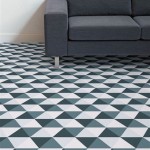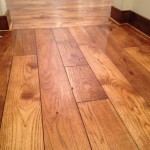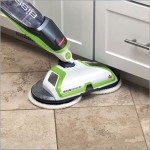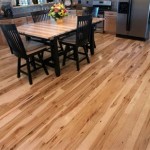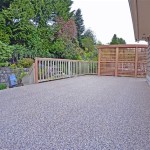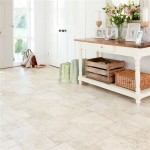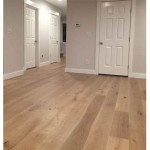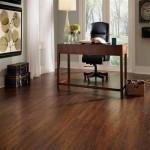Installing hardwood floors correctly is essential for ensuring the longevity of your floors. While hardwood floors can last for years, if not installed properly, they can begin to show signs of damage. Knowing the signs of bad hardwood floor installation is important for avoiding costly repairs and replacements.
Uneven Floors
Uneven floors are an indication that the hardwood floor installation was not completed correctly. If the floor feels bouncy when you walk across it or if there are noticeable dips or waves in the floor, it’s likely that the hardwood was installed without proper support or on an uneven surface. This can cause the hardwood planks to shift and warp over time, creating an uneven floor.
Gaps Between Planks
Gaps between planks are another sign of poor hardwood floor installation. These gaps can be caused by a number of factors, such as improper spacing during installation or poor quality of the hardwood planks. If there are gaps between the planks, it can cause the floor to look uneven and can also allow moisture to seep in, which can cause further damage to the floor.
Mold and Mildew
Mold and mildew can be a sign of poor installation or inadequate maintenance. If the hardwood floor is not well-sealed or the installation was done incorrectly, moisture can seep into the plank joints, leading to the growth of mold and mildew. In addition, if the floor is not correctly sealed, it can be susceptible to water damage.
Loose Nails and Screws
Loose nails and screws are signs that the hardwood planks were not properly secured during installation. If the nails or screws are loose, they can cause the planks to shift or separate, resulting in an uneven floor. It is important to check for any loose nails or screws and make sure they are properly secured.
Cracks and Splits
Cracks and splits in the hardwood planks can indicate that the planks were not properly installed or that the planks are of poor quality. Cracks and splits can cause further damage to the floor, so it is important to check for any signs of cracking or splitting and make sure the planks are properly secured.
Conclusion
It is important to know the signs of bad hardwood floor installation in order to prevent costly repairs and replacements. Uneven floors, gaps between planks, mold and mildew, loose nails and screws, and cracks and splits are all indications of poor hardwood floor installation. By knowing the signs of bad installation, you can ensure your hardwood floors last for years to come.















Related Posts

